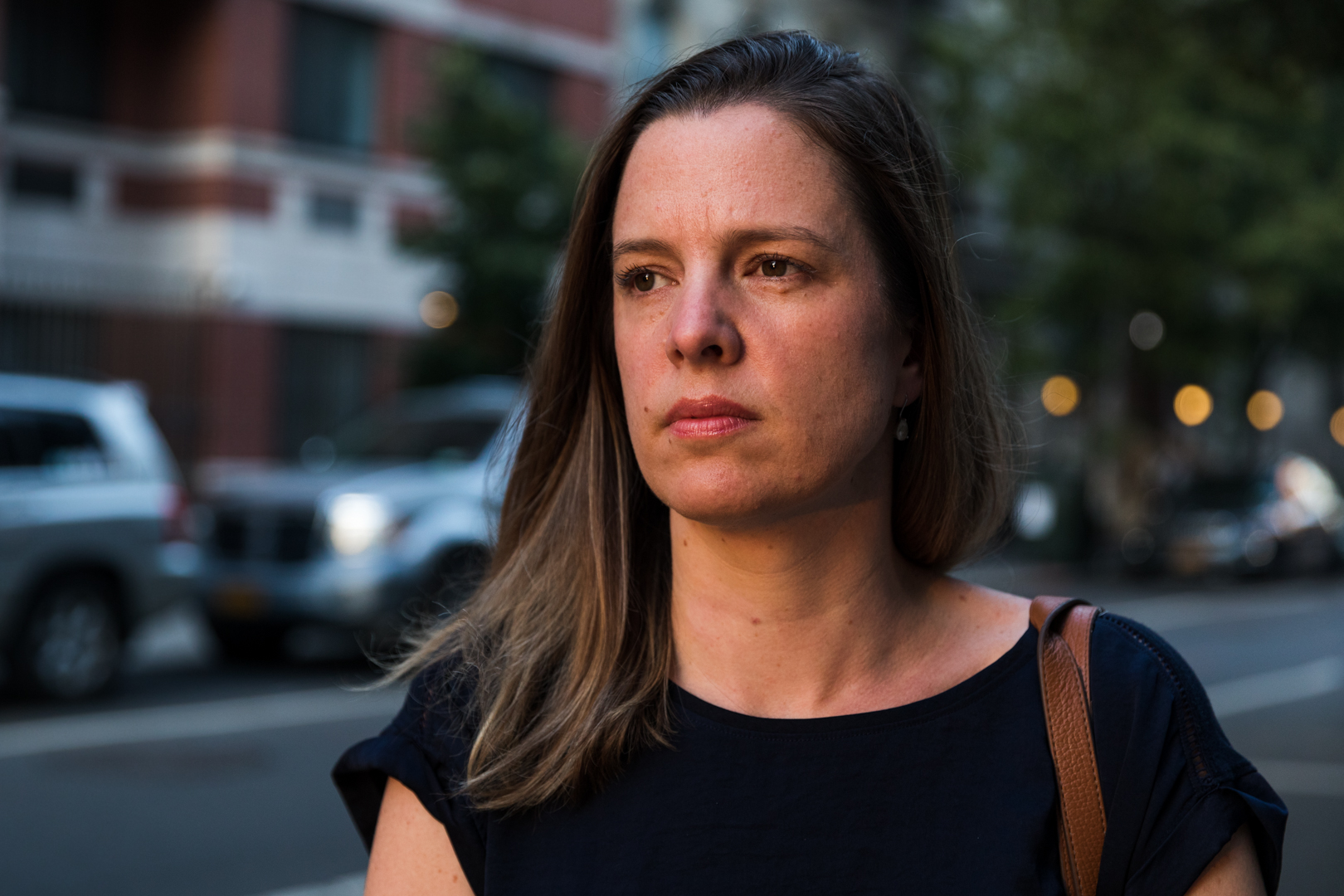Greenpointers say gas fumes are making them sick, and gov’t is stalling
“If something bad does happen … the agencies will have blood on their hands.”

Mary Cinadr. Eagle photo by Paul Frangipane
When Mary Cinadr first started smelling gas fumes in her Greenpoint apartment in February, she assumed it was a one-time thing.
But soon those odors grew stronger, and they persisted over months. They were at their worst in the early morning and evening — times when Cinadr was typically home. She started to develop headaches, dizziness and loss of balance. She would wake up in the middle of the night with extreme pain in her toes and later numbness in her hands.
“Those vapors always start up around 6:30 a.m., where they slap me in the face, and then again in the early evening,” she told the Brooklyn Eagle. “The gasoline-like smell was distinct … They were so bad that I often had to leave my home.”
